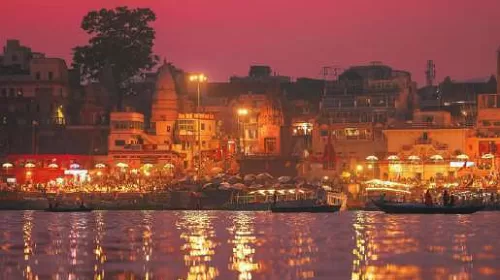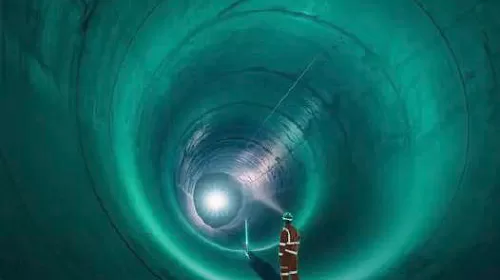The Namami Gange Programme, launched in 2014 by the Government of India, represents one of the most comprehensive initiatives to restore the Ganga River through pollution abatement, ecological restoration, capacity building, and community engagement. Against available resources of Rs.20,424.82 crore for 2014-2023, the National Mission for Clean Ganga (NMCG) has disbursed Rs.16,648.49 crore, about 82% of budgetary provisions.
The programme’s Rs.42,500 crore financial outlay serves as a sanctioning space rather than an immediate expenditure target, covering current spending and future commitments over a 17-year infrastructure lifecycle. The Hybrid Annuity Model was adopted to ensure responsible operation and maintenance of sewage treatment plants (STPs).
Namami Gange has created 3,446 MLD of sewage treatment capacity, exceeding pre-2014 capacity by over 30 times. NMCG has completed 127 projects and 152 STPs within 7-8 years. The Clean Ganga Fund (CGF) mobilizes contributions from individuals (95%) and corporations (5%) for signature projects supporting NMCG objectives.
Water quality has improved significantly across states. In Uttar Pradesh, the Kannauj-Varanasi stretch improved from PRS III (BOD 10-20 mg/l) in 2015 to PRS V (BOD 3-6 mg/l) in 2022, with over 90% of operational STPs meeting norms. In Bihar, the Buxar-Bhagalpur stretch improved from PRS II to PRS IV. West Bengal saw similar improvements from Triveni to Diamond Harbour. In Prayagraj, treatment capacity increased from 268 MLD to 348 MLD, water quality improved from PRS IV to PRS V, and all 60 previously untapped drains are now tapped. Varanasi’s treatment capacity grew from 100 MLD to 420 MLD, with untapped drains reduced from 8 to one partially tapped drain.
The riverine ecosystem improvement is evidenced by increased Gangetic dolphin populations, from approximately 3,330 to 3,936, with dolphins now appearing in previously unreported stretches including the Bithura-Rasula Ghat section and the Babai and Bagmati rivers. The Namami Gange Programme has gained international recognition as one of the Top 10 World Restoration Flagship Initiatives by the UN Decade on Ecosystem Restoration in December 2022. Additionally, the International Water Association awarded NMCG the Climate Smart Utility title, confirming the programme’s commitment to sustainable water management.





